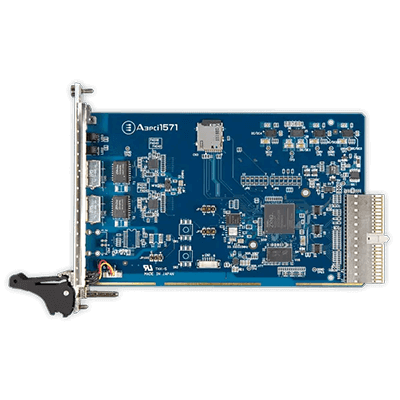What Is an Expansion Board?

An expansion board is a hardware component used to enhance the functionality of a PC or CPU board. It is added to the main board, which may house a one-chip microcontroller, to augment the device’s capabilities.
Commercially available personal computers and CPU boards come with predefined specifications intended for general use. However, these may not always meet specific user needs. Expansion boards offer a solution by adding extra functionalities.
Uses of Expansion Boards
In PCs and CPU boards, expansion boards are typically connected directly to the motherboard. While the PCI bus was once the standard interface for motherboards, it has largely been replaced by the faster PCI Express interface.
Expansion boards vary in type, including I/O boards for additional input/output capabilities, LAN boards for Ethernet connections, USB expansion boards for more USB ports, graphics boards for improved visual performance, soundboards for enhanced audio, and TV tuner boards for watching TV on a PC.
Principle of Expansion Boards
Desktop PCs generally have PCI or PCI Express slots on the motherboard for attaching expansion boards. However, due to physical limitations, notebook PCs typically cannot accommodate these boards.
Expansion boards require more than just hardware; they often need corresponding device drivers and, depending on the board, utility applications as well.
1. USB Expansion Board
USB expansion boards are commonly used to increase the number of available USB ports. While PCs typically come with a standard TYPE-A USB port, the number of ports is limited. Modern devices often use TYPE-C USB USB connectors, known for their reversible plug orientation and compact size. Expansion boards are sometimes used to add these TYPE-C ports.
2. IO Expansion Board
IO expansion boards are unique in that they can gather analog information such as temperature and humidity, convert it to digital data (A/D conversion), and input it into the CPU.
Other Information on Expansion Boards
1. PCI
PCI, short for “Peripheral Component Interconnect,” is a high-speed bus standard used not only for computer expansion slots but also in other applications. It operates at bus speeds of either 33 MHz or 66 MHz, with the 33 MHz speed being standard for 32-bit PCI.
2. PCI Express
PCI Express is an interconnect technology introduced in 2002, replacing PCI as the standard. It’s also used in aviation and automotive industries. To overcome the limitations of the PCI bus, such as difficulty in synchronizing data with faster clock speeds, PCI Express was developed as a more advanced standard.